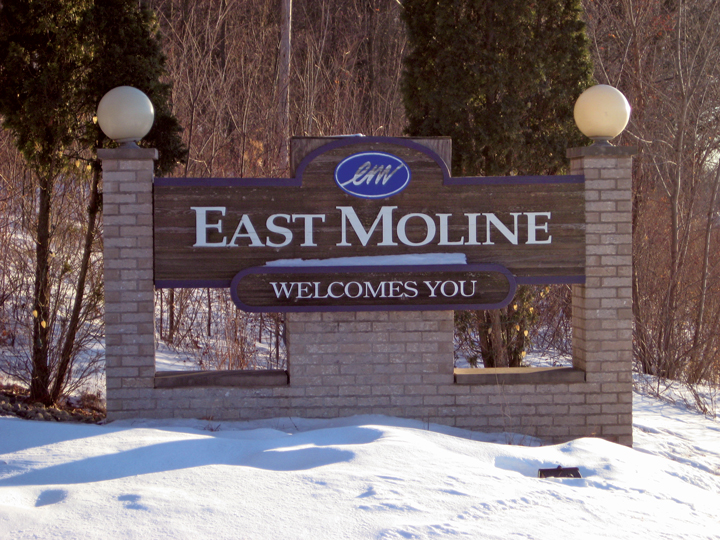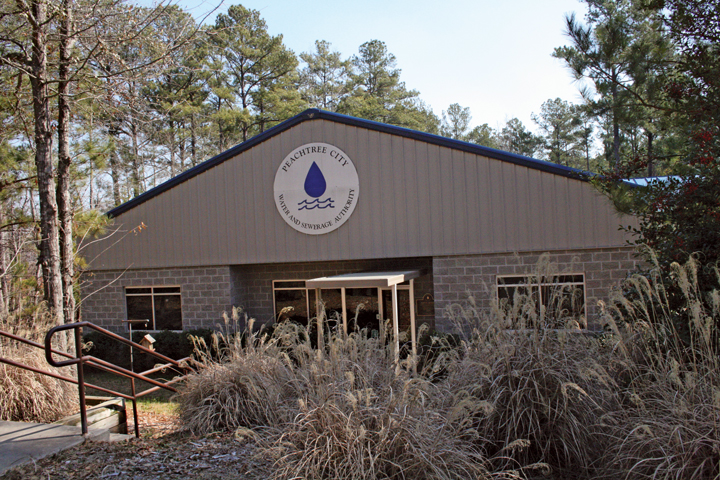Cities Save Money with System-Wide Approach to Asset Management
February 18, 2014
 Collection system owner-operators have long been hampered by a challenging information deficit. Critical tasks such as rate study analysis, long-term capital planning and near-term operations and maintenance planning are regularly conducted without a comprehensive, big-picture understanding of the true state of the collection system. Furthermore, service level expectations are established, rates are widely accepted to be too low and traditional funding sources are limited. In this environment, surprises resulting from unknown issues can have dire consequences.
Collection system owner-operators have long been hampered by a challenging information deficit. Critical tasks such as rate study analysis, long-term capital planning and near-term operations and maintenance planning are regularly conducted without a comprehensive, big-picture understanding of the true state of the collection system. Furthermore, service level expectations are established, rates are widely accepted to be too low and traditional funding sources are limited. In this environment, surprises resulting from unknown issues can have dire consequences. Gathering a comprehensive baseline understanding of a wide-spread collection system has historically been cost-prohibitive, if not impossible, for mid- to large-size wastewater utilities. Limitations of conventional technologies and increasingly scarce funding have been common barriers to getting system-level answers to vital questions such as ‘what do I own’, ‘where is it,’ ‘what condition is it in’ and ‘what are my options to repair, refurbish or replace critical assets?’
Currently, topics like asset management, performance contracting and ‘smarter cities’ present interesting opportunities for owner-operators. The critical success factor for these strategic initiatives is information, although historically, ours has not been a data-centric industry. However, recent articles identify a possible change of mindset in our industry in support of information at the holistic level. In the Black & Veatch report: 2013 Strategic Directions in the U.S. Water Industry, the authors strongly encourage a holistic approach to asset management. Also, 90 percent of survey respondents indicated that they seek to be leveraging principles of asset management within the next three years.
 The Power of Knowing
The Power of KnowingIn Georgia, the Peachtree City Water and Sewerage Authority (PCWASA) provides sewer services to the residents within Peachtree City. The PCWASA sewer system consists of two wastewater treatment plants, 35 pumping stations, and approximately 200 miles of force mains and sewer lines, as well as related collection, conveyance, treatment, and technical services and processes.
In early 2012, PCWASA signed on to the RedZone YES Program, seeking to secure a baseline understanding of their collection system. PCWASA acquired facilities in 1997 from a private operator. System documentation, i.e., as-builts, maps, plans and specifications, was lacking accuracy and completeness. PCWASA was reliant on anecdotal information to make system decisions.
Like many other authority managers, general manager Stephen Hogan seeks to make the best use of the funding he has to best serve his community. “It’s challenging when people are subjectively saying that problems are big or certain situations are bad. Before RedZone, we had a lot of sewer lines, manholes and connections that we knew very little about and I felt it was time to determine just how big is big and how bad is bad.”
He added, “Prior to the YES Program we would assess a very small percentage of our system each year and the data we did have wound up in software that was not very user friendly nor did it facilitate decision support.
“With the YES Program, RedZone presented us the opportunity to get all of the information we needed about the collection system in one year, implement a more user-friendly application with the ICOM3 software and they addressed our budgetary constraints by implementing a multi-year payment plan. The alignment between the YES Program offering and what we needed was excellent.”
The baseline setting was performed using RedZone Robotics autonomous SOLO robots and large pipe Multi Sensor Inspection (MSI) Platform. SOLO was able to rapidly collect high quality data on the authority’s most abundant pipes ranging in size from 8 to 12 in. while the MSI sensors provided PCWASA with precise measurements on their largest, most critical lines. All data for the authority sewer lines now resides in the ICOM3 software from RedZone.
PCWASA technical services division manager Keisha Thorpe added, “Having our system-wide data in ICOM3 allows us to be prudent with our spending based on the true current state of the collection system. Based on our findings, we were alerted to some potential failures. We have been able to allocate funding to address these findings before they become major issues. In particular, we have an updated, targeted root control program.”
Facts Prioritize Funds
East Moline, Ill., is a century-old river town with approximately 85 miles of sanitary sewers ranging from 8 up to 48 in. and six lift stations. Much of the collection system is as old as the town and little was known about the true current state. When presented with the prospect to sign up for a YES Program similar to the one in PCWASA, city engineer Tim Kammler saw an opportunity to apply the proactive approach the City was already taking with a road condition inventory and do the same with the city’s sanitary sewers. East Moline also signed up as a YES Program client in early 2012.
With the baseline data provided by the YES Program, the City has been able to leverage those known issues to secure needed funding. Kammler explained, “With the YES baseline data in ICOM3, we have successfully tripled our pipe lining budget and we know the money is being cost-effectively spent. Whereas in the past it was difficult to recommend sewer projects and request funding based only on crew reports and limited information, the comprehensive knowledge and transparency this program brings makes it much easier for me to justify expenses to city council when cash is in short supply. Furthermore, it also allows elected officials to be transparent with their constituents. The additional sewer lining is almost certainly saving the city a significant amount of money vs. the costs to respond to emergency collapses, failures, or back-ups that we would previously not been able to anticipate. Lastly on that point, the payment plan offered by RedZone allowed us to get all of the information we needed on sewers throughout the whole city up-front but left us operating capital on an annual basis to deal with what we found. It was truly a win-win.”
East Moline is currently in the process of conducting a new sanitary sewer rate study. In the past this type of rate review would not have factored in the true state of the collection system. Now, according to Kammler, the known condition of the sanitary sewers can be factored into this rate study, further reducing the city’s chance of financial risk due to unforeseen failures.
Lastly, Kammler explained, the tasking of both daily and long-term maintenance operations have been greatly enhanced by using the capability of RedZone’s ICOM3 software. While ICOM3 will never prevent all of the city’s sewer problems, cleaning, jetting and other maintenance can be scheduled for specific areas and critical repairs are being made in many cases without waiting on a problem to manifest itself. We can be confident that we are dealing with the worst problems first. Furthermore, the City has already noticed a reduction in emergency repairs and callouts vs. the years prior to implementing the YES Program.”
Using autonomous robots, advanced sensors and hosted software, the RedZone YES Your Entire System program has been adopted by more than two dozen cities across the United States. With the historical limitations tied to old technologies and budget constraints removed, YES Clients like PCWASA and East Moline are leveraging data to make informed spending decisions and getting a sound return on their investment.
Ken Wolf is an executive vice president with RedZone Robotics.
